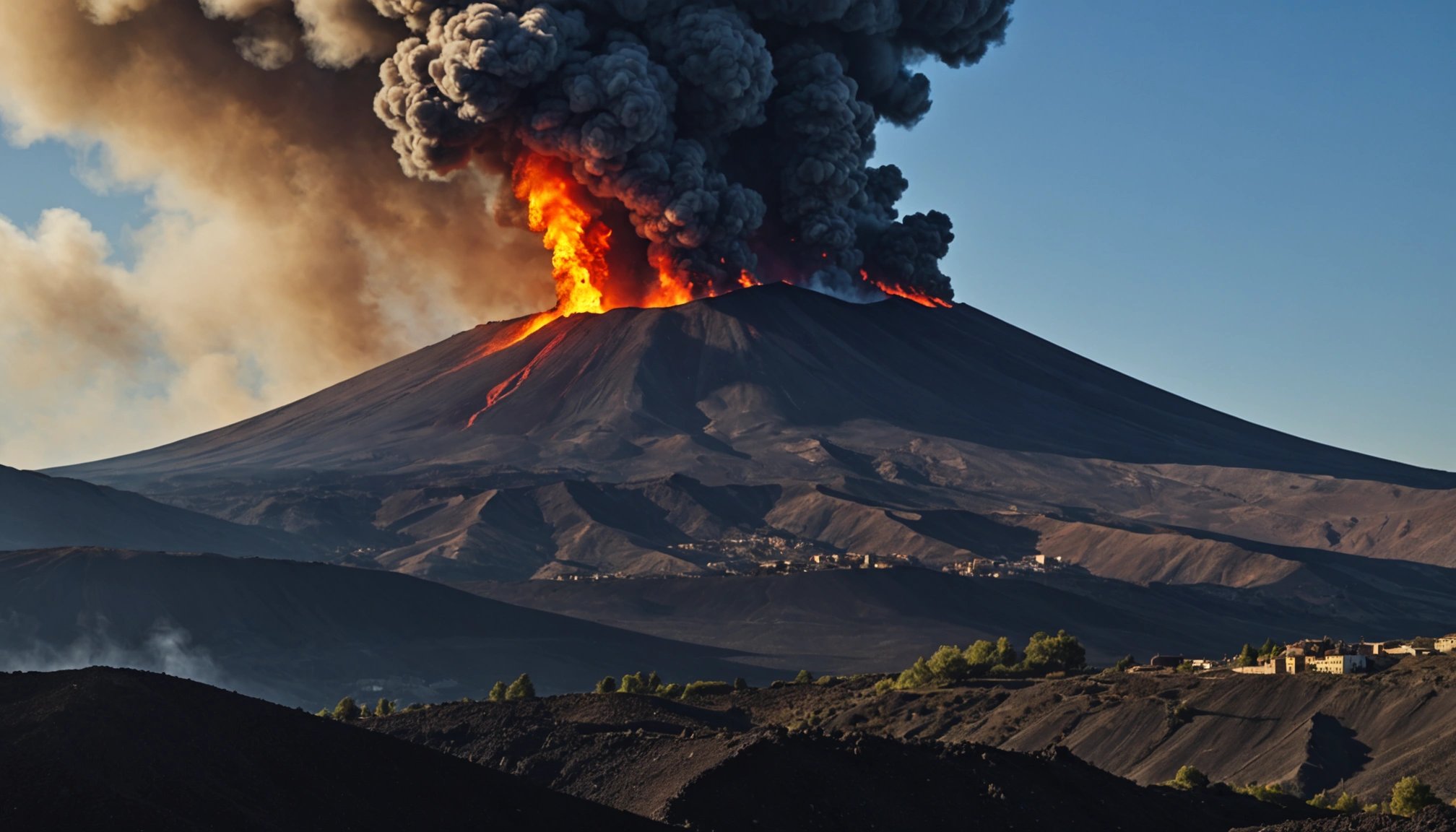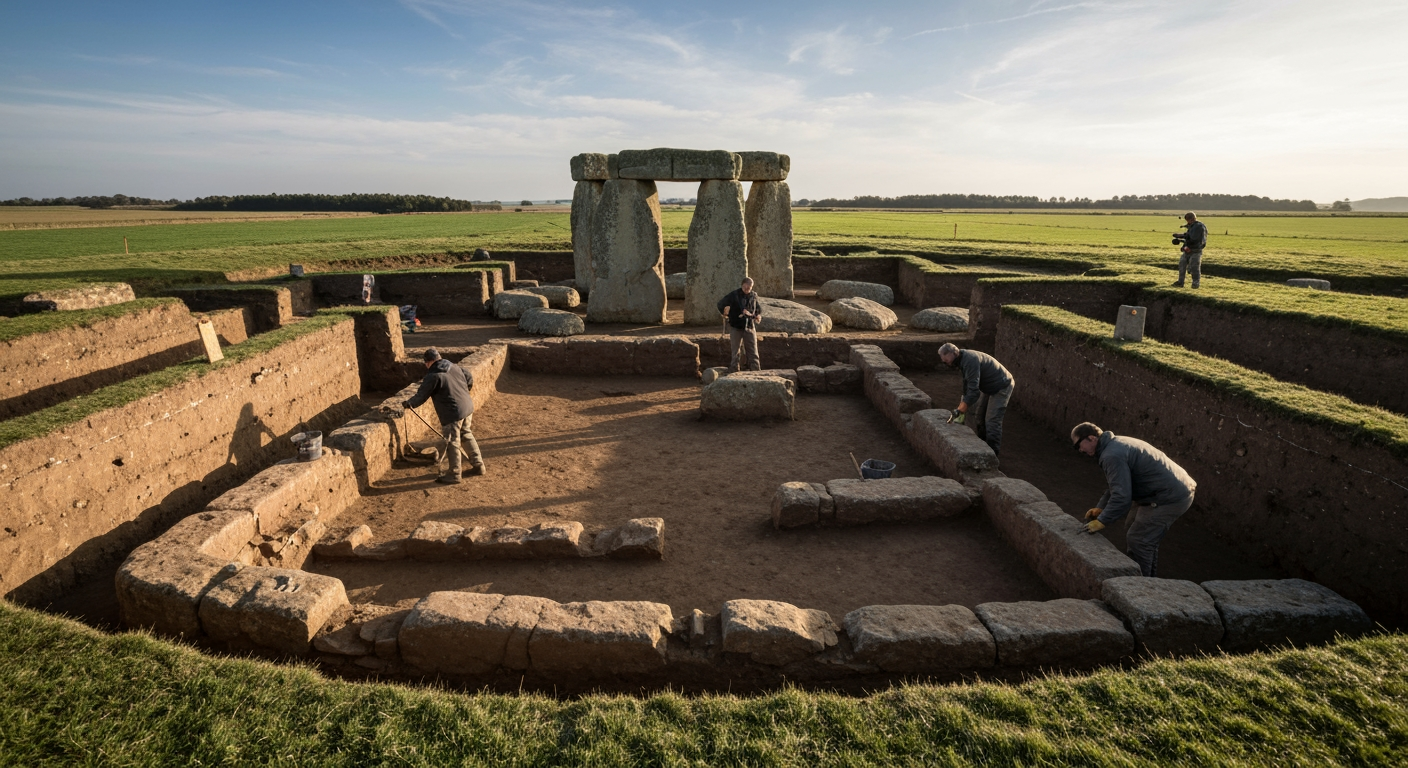Mount Etna Roars: A Deep Dive into Europe's Most Active Volcano

Mount Etna, a towering giant on the eastern coast of Sicily, Italy, is more than just a mountain; it's a dynamic force of nature that shapes the landscape, influences local culture, and captivates scientists worldwide. As Europe's most active volcano and the highest peak in Italy south of the Alps, Etna's near-constant activity presents both challenges and opportunities for the communities that thrive in its shadow.
A History Etched in Fire
Etna's volcanic history stretches back approximately 500,000 years, with documented eruptions spanning at least 2,700 years. This extensive record makes it one of the most well-documented volcanoes in the world, providing invaluable insights into volcanic processes. Scientists believe Etna began as a submarine volcano, gradually rising above sea level through layers of solidified lava. The volcano's name, derived from the Greek word "Aitne," meaning "I burn," reflects its fiery nature and the legends that have grown around it. In Greek mythology, Etna was believed to be the workshop of Hephaestus, the god of fire, and the home of the Cyclops.
The volcano's structure is complex, featuring a broad base, or shield, approximately 60 by 40 kilometers, reaching an altitude of about 2,900 meters. The remaining 400 meters consist of a stratovolcano formed from coalesced vents. This complex system produces a variety of eruptive styles, from explosive eruptions at the summit craters to lava flow eruptions from fissures on its flanks.
A Land Shaped by Eruptions
Mount Etna's eruptions have profoundly impacted the surrounding landscape and human settlements. A major eruption in 1669, one of 71 recorded between 1500 BCE and 1669 CE, destroyed a dozen villages and buried part of the town of Catania. More recently, in 1928, the village of Mascali was almost completely destroyed by lava flow. Despite the risks, the fertile volcanic soil has also proven to be a boon for agriculture. The slopes of Etna are home to numerous vineyards and orchards, producing distinctive wines and agricultural products that benefit from the rich mineral content of the soil.
To mitigate the impact of eruptions, authorities have, at times, employed innovative strategies. During a four-month eruption in 1983, dynamite was used to divert lava flows and protect surrounding towns. These efforts highlight the ongoing struggle to coexist with this powerful natural force.
A Decade Volcano and World Heritage Site
Due to its frequent activity and proximity to populated areas, the United Nations has designated Mount Etna a "Decade Volcano," an identification given to volcanoes worthy of particular study due to their history of large, destructive eruptions and their location near populated areas. This designation underscores the importance of monitoring and understanding Etna's behavior to better protect the communities living nearby.
In 2013, UNESCO recognized Mount Etna's outstanding universal value by declaring it a World Heritage Site. The designated area encompasses 19,237 hectares of uninhabited land on the highest part of the mountain, forming part of the Parco dell'Etna Regional Nature Park. UNESCO cited Etna's exceptional volcanic activity, its long history of documented eruptions, and its influence on volcanology and other Earth science disciplines as reasons for the designation.
Recent Activity and Future Threats
Mount Etna is in a constant state of flux, with frequent eruptions reshaping its summit and altering its height. In 2021, the volcano grew approximately 30 meters taller due to the accumulation of volcanic material, with the southeastern crater now representing the highest point. The volcano experienced 16 eruptions in 2001 alone.
A series of explosive eruptions began in February 2021, sending volcanic ash and rock onto nearby villages and cities, including Catania. Ash clouds often reached altitudes of over 10 kilometers, causing the closure of Sicilian airports. While these recent eruptions have caused disruption, no injuries were reported. In February 2022, lava fountains from the Southeast Crater reached almost 1,000 meters high, with lava bombs thrown far away and a large lava flow descending the western side.
The ongoing activity poses a continuous threat to nearby communities. The potential for large-scale eruptions, similar to those in the past, remains a concern. Scientists continue to monitor the volcano closely, using a variety of techniques to detect changes in its behavior and provide early warnings of potential eruptions.
Living with Etna
Despite the inherent risks, the people of Sicily have learned to live with Mount Etna, adapting their lives and livelihoods to its presence. The fertile volcanic soil supports agriculture, while the dramatic landscape attracts tourists from around the world. Climbing, skiing, and exploring the volcanic terrain are popular activities, providing economic benefits for the region.
The relationship between humans and Etna is a complex one, marked by both destruction and opportunity. The volcano serves as a constant reminder of the power of nature, while also providing essential resources and shaping the cultural identity of the region. The ongoing research and monitoring efforts are crucial for mitigating the risks and ensuring the safety of the communities that call Etna home.
Mount Etna stands as a testament to the dynamic forces that shape our planet. Its fiery eruptions, fertile slopes, and rich history make it a unique and captivating landmark. As scientists continue to study its behavior and communities adapt to its presence, Mount Etna will undoubtedly continue to fascinate and inspire for generations to come.


